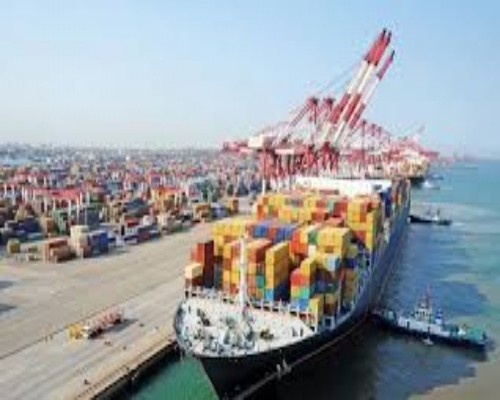Increasing Cases of Workplace Sexual Harassment: A Call for Stringent Implementation of the PoSH Act, 2013

Workplace sexual harassment cases involving women are on the rise, raising concerns about the effectiveness of existing mechanisms to curb such incidents. The Sexual Harassment of Women at Workplace (Prevention, Prohibition, and Redressal) Act, 2013, commonly referred to as the PoSH Act, was introduced to provide a robust legal framework to address these issues. However, recent reports suggest that its implementation remains lacklustre.
Challenges in Implementation
Despite the Act mandating Internal Complaints Committees (ICCs) in all organizations with ten or more employees, many institutions have failed to comply. Studies reveal that over 90% of workplace harassment incidents go unreported, often due to fear of retaliation or a lack of awareness among victims. Furthermore, many ICCs are either non-functional or lack the required impartiality.
PoSH Act: Provisions and Shortcomings
The PoSH Act empowers women to report harassment and ensures confidentiality and redressal. It mandates training and awareness programs within organizations to foster safe work environments. However, experts point out that most organizations fail to prioritize these measures, leaving women vulnerable.
Government and Organizational Responsibility
The rising cases underscore the urgent need for stricter monitoring and enforcement of the Act. Regular audits, awareness campaigns, and stringent penalties for non-compliance are necessary steps. Organizations must take proactive measures to ensure that ICCs are functional, impartial, and accessible to employees.
A Collective Effort to Ensure Workplace Safety
It is crucial to create a cultural shift where workplace harassment is not tolerated. Employers, regulatory bodies, and society at large must work together to provide a safe and equitable work environment for women.
The PoSH Act remains a vital tool to safeguard women at work, but its potential can only be realized through collective commitment and effective enforcement.
India’s First E-Commerce Export Hub to Launch in February
The Directorate General of Foreign Trade (DGFT) has announced the launch of India’s first dedicated e-commerce export hub near Delhi Airport in February. This initiative aims to streamline and simplify the export process for businesses using online platforms, addressing challenges faced in shipping products to foreign markets.
Key Features of the Export Hub
• Comprehensive Facilities: The hub will house all necessary export services under one roof, including warehousing, packaging, labelling, and customs clearances. Exporters will be able to ship products directly without logistical hurdles.
• Focus on Small Businesses: Special provisions have been made to support small and medium enterprises (SMEs) in exporting their products globally. The hub will provide resources for packaging, labelling, and certification to meet international standards.
• Streamlined Operations: From receiving an order to dispatching goods, the hub ensures that the entire export process is seamless. Exporters will also have the ability to track shipments in real-time.
Long-Term Vision
The DGFT, under the leadership of Director-General Santosh Kumar Sarangi, envisions this hub as a model to boost India’s e-commerce exports. By 2030, it aims to help e-commerce exports reach $100 billion, significantly contributing to India’s foreign trade. The initiative will particularly benefit small exporters and entrepreneurs seeking global market access.
Government Support
As part of a pilot project, the government has collaborated with key stakeholders to design the hub. Specialized services, including quality inspections and digital customs clearances, will ensure smooth operations for exporters. The introduction of standardized packaging and labelling will further enhance the credibility of Indian products in global markets.
This export hub represents a major step forward in facilitating e-commerce trade, enabling Indian businesses to compete more effectively in the global marketplace.























